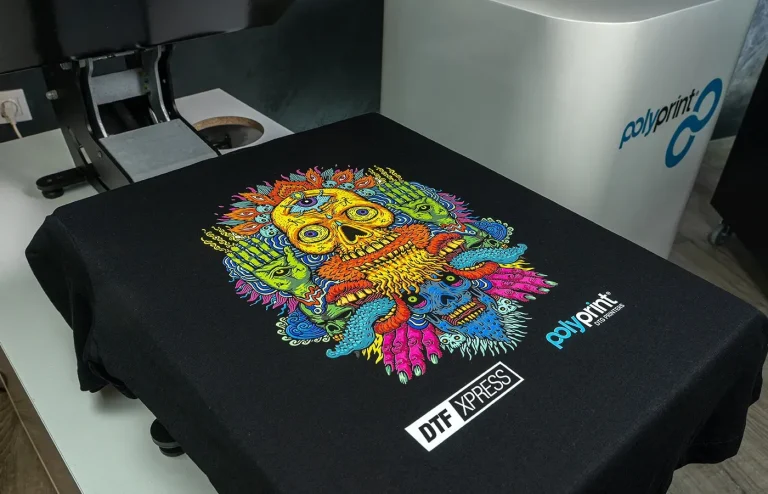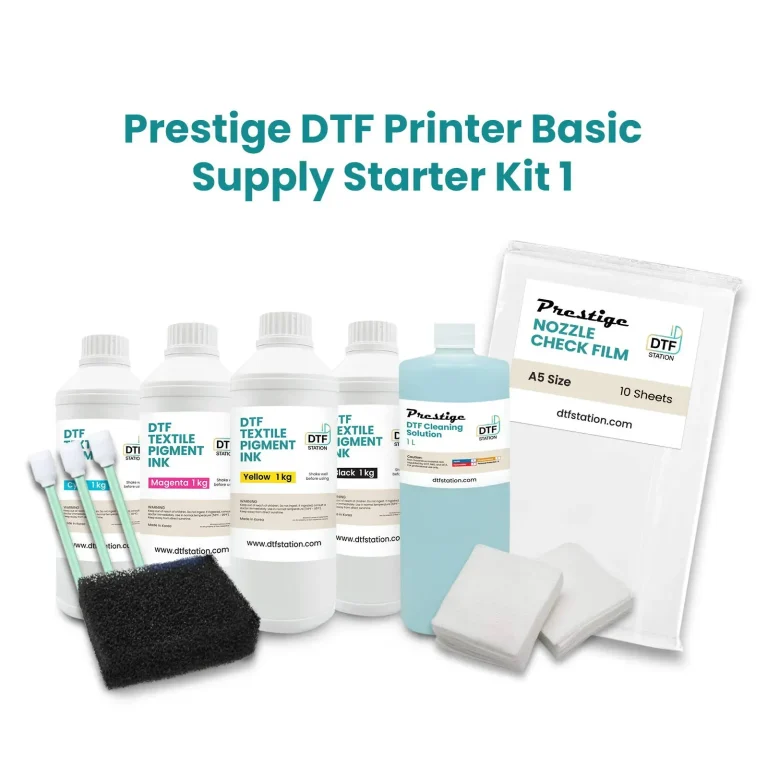DTF transfers 101: Durable Custom T-Shirts Printing Guide
DTF transfers 101 opens a practical door to durable, high-quality custom apparel through a versatile printing approach that blends modern ink chemistry with film-based transfers, delivering predictable results for hobbyists and brands alike. This guide explains how direct-to-film transfers work, why they feel soft on fabric, how they resist cracking and color bleeding, and how they rival traditional options for color fidelity, stretch, and scalability. If you’re new to the technique, you’ll learn about the essential components – DTF printing inks, the film substrate, and the adhesive powder – and how they come together in a reliable, repeatable workflow designed for consistency. The method supports durable t-shirt printing across a broad range of fabrics and colors, making it a compelling choice for hobbyists, custom apparel studios, and growing brands seeking faster turnarounds. With the right settings and care, the resulting transfers deliver vibrant color, strong adhesion, and a soft hand that stays true wash after wash on dark or light garments, representing one of several heat transfer processes.
From a terminology perspective, this film-based printing method – often referred to in industry circles as DTF printing or direct-to-film transfers – is a versatile approach to apparel decoration. In practice, designers and printers refer to it as a film-on-textile workflow, where specialized inks, carrier film, and adhesive powder bond artwork to fabrics with a soft hand. As an option for both on-demand drops and small-batch production, it offers quick setup, broad fabric compatibility, and vibrant results for durable t-shirt printing. Key considerations include ink compatibility, film thickness and curl, powder adhesion, and properly calibrated heat press parameters to ensure wash-fastness and edge integrity. Whether you call it a direct-to-film transfer system or a film-based fabric imprint technique, the core goal remains the same: durable, color-accurate prints that withstand repeated washing as one of several heat transfer processes.
DTF transfers 101: A Practical Guide to Durable T-Shirt Printing
DTF transfers 101 demystifies direct-to-film transfers as a practical path to durable t-shirt printing. In this approach, DTF printing uses pigment inks printed onto a film, then coated with adhesive powder, cured, and pressed onto fabric. The result is vibrant color, a soft hand, and a durable bond that remains comfortable to wear across washes.
The DTF workflow combines several technologies—DTF printing inks, film substrate, adhesive powder, and a heat press finish—to create direct-to-film transfers that work on many fabrics and garment colors. This flexibility helps maintain color fidelity without complex pretreatment, making DTF ideal for small runs and growing brands seeking durable t-shirt printing.
To set up for success, plan your design work, material choices, and heat transfer parameters: choose a reliable DTF printer and pigment inks, select compatible film and powder, and calibrate your heat press for consistent curing and adhesion. Proper curing and careful finishing are essential to ensure wash-fastness and a plush feel in the final transfer.
DTF Printing vs Other Heat Transfer Processes: Choosing Direct-to-Film Transfers for Your Brand
When comparing DTF printing to other heat transfer processes, DTF transfers typically offer a broader color range, better opacity on dark fabrics, and a softer hand than vinyl or some DTG approaches. Direct-to-film transfers also deliver strong wash-fastness and durability across cotton, blends, and poly fabrics, making them a versatile option for diverse product lines.
Key decision factors include fabric type, budget, and the desired finish. DTF printing can be more cost-efficient than multi-color screen printing for small runs, and the film-based workflow simplifies color detail and layering. However, matching the right film, adhesive powder, and curing temps is critical to preserve color fidelity and edge sharpness during heat transfer.
Practical guidance for brands: run pilot tests, document SOPs, and educate customers on care. With careful setup and proper heat transfer processes, DTF transfers offer durable, vibrant results that scale from hobby projects to production orders, supporting durable t-shirt printing at various volumes.
Frequently Asked Questions
DTF transfers 101: What is direct-to-film printing and how does it fit into heat transfer processes?
DTF printing, or direct-to-film printing, is a heat transfer process that prints an image onto a special film with fabric-safe pigment inks, then coats the film with an adhesive powder and heat-presses it onto a garment. The result is a durable, vibrant transfer that typically offers a wide color range and strong fabric compatibility, often outperforming some traditional methods. In the context of DTF transfers 101, this workflow combines reliable inks, the film substrate, adhesive powder, and a controlled heat-press finish to deliver durable t-shirt printing across a variety of fabrics.
DTF transfers 101: How do I ensure durable t-shirt printing with proper setup, curing, and care?
Start with high-quality DTF inks, film, and adhesive powder, and maintain a repeatable setup. Calibrate your heat press for the recommended temperature, time, and pressure for your film and ink system, and ensure garments are clean and lint-free before transfer. Proper curing of the adhesive powder is essential for adhesion; after transfer, wash shirts inside-out with mild detergent and avoid high-heat drying to preserve color vibrancy and durability. Run small test trials to confirm results before scaling to full production.
| Key Point | Summary |
|---|---|
| What is DTF Printing (foundation) | Definition and core concept: direct-to-film printing uses a special film, pigment inks, adhesive powder, and heat pressing to bond a durable image to fabric. |
| The DTF Workflow (Step by Step) | Typical 6-step workflow: design and color management; print on DTF film; apply adhesive powder; cure the powder; transfer with heat press; peel and finish. |
| Materials, Equipment, and Setup | Core components and setup: printer + inks, film, powder, heat press, transfer accessories, and garment prep. |
| Design Considerations for Long-Lasting DTF Transfers 101 | Design tips to improve durability: optimize density, ensure clean edges, use a white underbase on dark fabrics, and add subtle finishing touches. |
| Durability and Care for DTF Transfers 101 | Care and durability factors: proper curing, wash instructions, fabric compatibility, and monitoring edges for lifting. |
| DTF vs Other Methods: Why Choose Direct-to-Film Transfers 101? | Comparison highlights: broad color range, fabric compatibility, scalability and cost for small runs, and a softer hand compared with some vinyl methods. |
| Troubleshooting Common Issues in DTF Transfers 101 | Common issues and quick checks: cracking/peeling, white cast, color fading, color bleeding, and transfer failures on dark fabrics. |
| Quality Assurance: How to Choose the Right Materials for DTF Transfers 101 | Quality considerations: ink/film compatibility, powder quality, calibrated heat press, and stable environmental conditions. |
| Practical Tips for a Successful DTF Transfers 101 Program | Actionable tips: run trials, create SOPs, maintain equipment, and educate customers on care and durability. |
Summary
DTF transfers 101 demonstrates a flexible, high-quality approach to durable t-shirt printing. This descriptive overview highlights how direct-to-film transfers, with the right inks, film, adhesive powder, and heat-press workflow, deliver vibrant color, strong adhesion, and a soft hand across a range of fabrics. By focusing on solid design, precise curing, and correct post-transfer care, creators and brands can scale production from test runs to full shipments while maintaining color fidelity and wash-fastness. The discussion covers practical setup tips, material selection, color fidelity, wash-fastness, and troubleshooting strategies, making DTF printing, direct-to-film transfers, and heat transfer processes accessible to hobbyists and small businesses alike.




